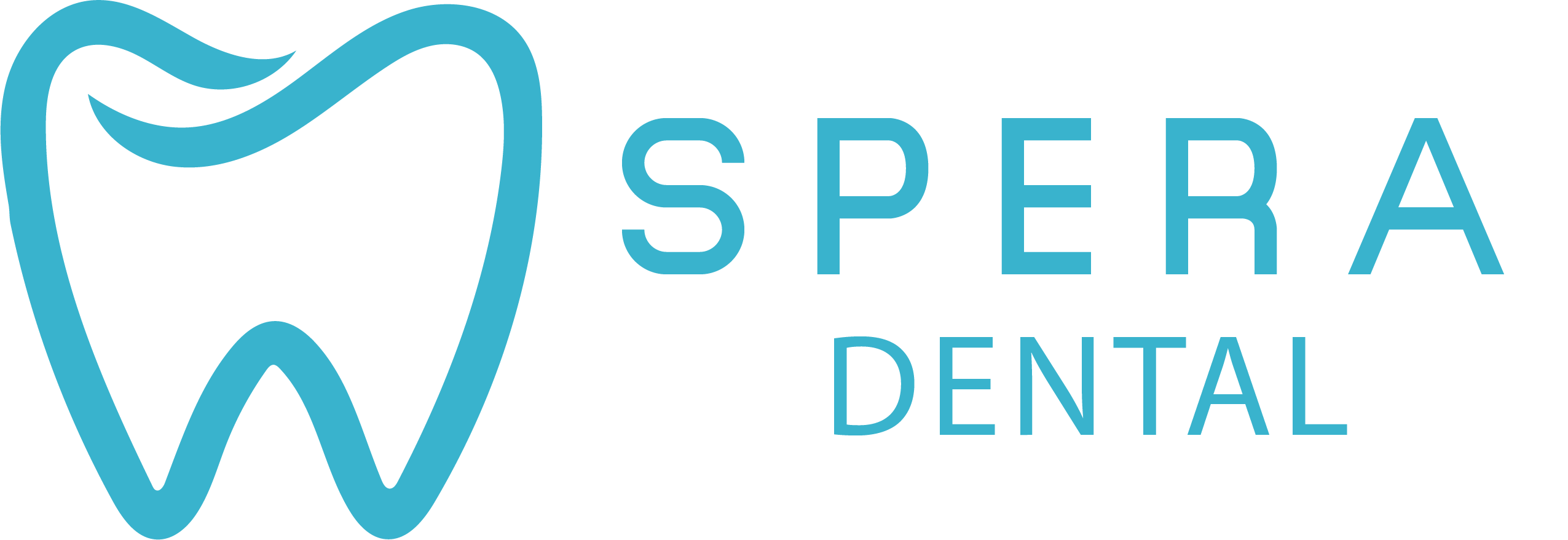Restorative dentistry is a specialized branch of dental care focused on diagnosing, managing, and treating oral health issues related to damaged, decayed, or missing teeth. It encompasses many procedures, including fillings, crowns, bridges, dental implants, and root canals, to restore teeth' functionality, structure, and aesthetics. The role of restorative dentistry in oral health maintenance is crucial, as it repairs and replaces damaged or missing teeth and helps prevent further deterioration of oral health. By addressing issues like cavities, tooth fractures, and gum disease, restorative dentistry ensures that patients can maintain proper chewing function, clear speech, and a healthy, attractive smile, ultimately contributing to overall well-being and preventing more serious dental problems in the future.
How Restorative Dentistry Can Help You Achieve a Perfect Smile
- Restorative dentistry prevents problems from worsening by promptly treating issues such as cavities, fractures, and worn-down teeth with fillings, crowns, and inlays. Early intervention helps avoid more complex and costly treatments down the line.
- Procedures like dental implants and bridges replace missing teeth, ensuring patients can chew properly and maintain a balanced bite. This prevents jaw strain, misalignment, and uneven wear on remaining teeth.
- Treatments like root canals save damaged or infected teeth from extraction, preserving natural teeth and maintaining oral structure. This helps avoid complications associated with tooth loss, such as shifting teeth and bone loss.
- Restorative treatments in Tucson, AZ, often address the effects of gum disease. Dental crowns or scaling and root planing can manage gum health and prevent further periodontal damage.
- Restorative procedures often focus on improving oral hygiene practices. For example, custom restorations are designed to fit well and be easy to clean, reducing the risk of plaque buildup and subsequent dental issues.
- By restoring damaged teeth to their original appearance, restorative dentistry helps prevent aesthetic problems that could lead to self-consciousness or poor oral hygiene habits.
Types of Restorative Dentistry
Fillings
Fillings are used to repair cavities caused by tooth decay. They restore the tooth's shape, function, and strength, preventing further decay. Fillings come in various materials, including amalgam (silver) for durability, composite resin (tooth-colored) for aesthetic purposes, glass ionomer for fluoride release, and resin ionomer for adhesion and flexibility.
Dental Crowns
Dental crowns are caps placed over damaged or weakened teeth to restore their size, shape, and strength. They are often used to protect and reinforce the tooth after significant tooth damage or a root canal. Crowns can be made from materials such as metal, porcelain-fused-to-metal, all-porcelain, or zirconia, each providing different benefits in terms of durability and aesthetics.
Dental Bridges
Dental bridges replace one or more missing teeth by anchoring a false tooth (or teeth) to adjacent natural teeth or dental implants. Bridges restore bite function, prevent the shifting of adjacent teeth, and maintain the overall alignment of the bite. Types of bridges include traditional, cantilever, Maryland (resin-bonded), and implant-supported, depending on the specific needs and conditions of the patient.
Dental Implants
Dental implants are artificial tooth roots placed into the jawbone to support crowns, bridges, or dentures. They replace missing teeth and help restore normal chewing function, prevent bone loss, and maintain facial structure. Implants consist of a titanium post inserted into the jawbone, an abutment that connects the post to the replacement tooth, and a crown that serves as the tooth's visible part. Contact us to learn more.
Root Canals
Root canals are a procedure to treat infected or damaged tooth pulp, which contains nerves and blood vessels inside the tooth. The treatment involves removing the infected pulp, cleaning and disinfecting the canal, and sealing it with a filling or crown. Root canals save teeth that might otherwise need extraction, alleviating pain and restoring tooth function.
Inlays and Onlays
Inlays and onlays are custom-made restorations that repair moderately damaged or decayed teeth. Inlays fit within the cusps of a tooth, while onlays cover one or more cusps. These restorations offer a conservative alternative to crowns, preserving a more natural tooth structure while providing durability and strength. They are typically made from porcelain, composite resin, or gold.
Veneers
Veneers are thin, custom-made shells that cover the front surface of teeth to improve their appearance. They address issues such as discoloration, chips, gaps, and misalignment. Made from porcelain or composite resin, veneers provide a cosmetic enhancement by creating a natural-looking, bright smile while protecting the underlying tooth structure from further damage.
Dentures
Dentures are removable appliances used to replace missing teeth. Complete dentures replace all teeth in an arch, while partial dentures replace only a few missing teeth. Dentures restore the ability to chew and speak properly and help maintain the jaw's structure and facial appearance. They can be made from acrylic resin, metal, or a combination of materials.
Bonding
Bonding involves applying a tooth-colored resin to repair minor chips, cracks, or gaps in teeth. It can also improve the appearance of discolored or misshapen teeth. The resin is applied to the tooth, shaped, and hardened with a special light, creating a seamless and natural-looking repair. Bonding is a versatile and cost-effective solution for enhancing dental aesthetics.
Long-Term Benefits of Investing in Restorative Treatments
Investing in restorative dental treatments offers significant long-term benefits by ensuring functional and aesthetic improvements to oral health. Restorative treatments, such as dental implants, crowns, and bridges, help preserve and restore the natural structure of teeth, which is crucial for maintaining proper bite alignment and chewing function. By addressing issues like cavities, tooth loss, and damage early on, these treatments prevent further deterioration that could lead to more complex and costly procedures in the future. Restoring damaged or missing teeth not only enhances daily functions like eating and speaking but also helps maintain the structural integrity of the jawbone, preventing bone loss that often accompanies tooth loss.
Additionally, restorative treatments contribute to long-term oral health and overall well-being by improving the appearance of your smile and boosting self-confidence. Procedures such as veneers and tooth-colored fillings can correct aesthetic concerns, leading to a more attractive smile and greater personal satisfaction. Investing in restorative dentistry also often reduces the risk of developing additional dental issues, such as gum disease or misalignment, by maintaining the health of existing teeth and gums. Ultimately, this investment in dental care supports a healthier, more functional, and aesthetically pleasing smile, enhancing both quality of life and overall health in the long run.
Transform your smile and enhance your oral health with our advanced restorative dental treatments. Visit Spera Dental at 5190 E. Farness Drive, Suite 102, Tucson, AZ 85712, or call the dentist in Tucson, AZ, at (520) 323-3241 to schedule your consultation and see how we can help you achieve a beautiful, functional smile!
More Blog Posts
Office Hours
MON - TUE8:00 am - 4:00 pm
WED - THU8:00 am - 12:00 pm
FRI - SUNClosed






